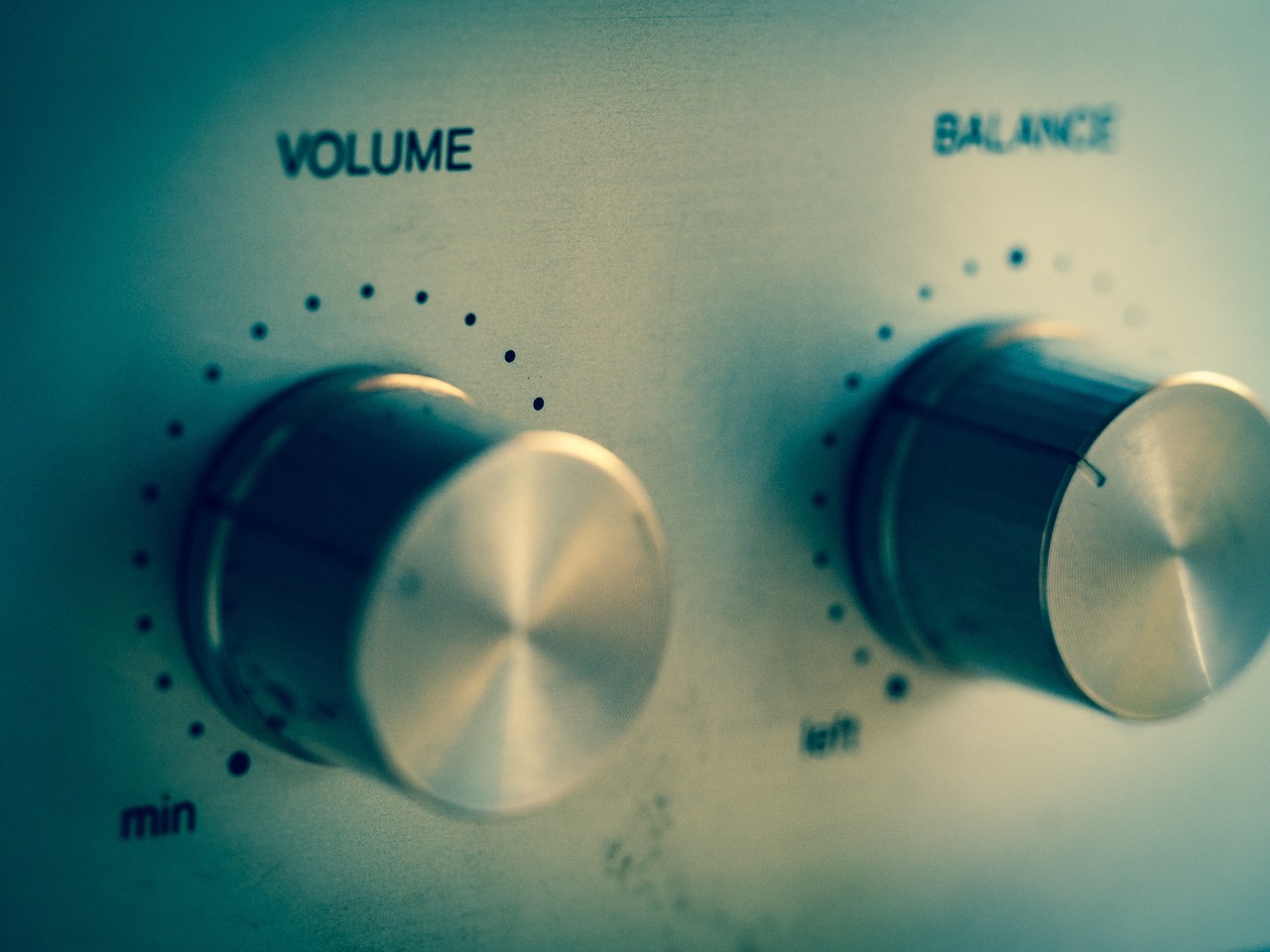
by Jnmarseille13 (July 31st, 2024)
by Jnmarseille13 (July 31st, 2024)

Ever heard an older track (older than late 90s), then listened to a more recent one right after and got surprised by the difference in the master volume? Yep, in today’s industry standards, having a loud master is important, as consumers will listen to your music with earphones in pretty very crowded places. However, this also means that some elements in your mix might not sound as good as you intended.
This trend isn’t all new. It actually started in the early 2000s, and this part of history is called: The Loudness War. It’s usually considered as a bad practice because it sacrifices quality for loudness. Let’s see a simple explanation of how this was done!
The goal of this practice was, at first, to provide a high and acceptable volume for a consumer listening to the songs in noisy places, with earphones. In this type of environment, the noise around makes it difficult for a human ear to distinguish the dynamic range of any instrument sound. So, engineers would then increase the master volume, which would result in every instrument volume also going up. However, this may lead to some instruments clipping or involuntarily saturating (yes, saturation CAN sometimes be voluntary).
So those instruments would get “cleaned up” with some heavy compression, making it possible to raise the master volume with no problem. Cool, right?
Sure compression solved a problem, but it also created a new one. Every instrument in a song has a natural dynamic range. And, with those heavy compression practices, these dynamic ranges are gone, taking away a lot of what would make you appreciate an instrument for what it is.
The loss of dynamic range can be compared to hearing someone speak with and without a surgical mask. Would you be able to understand what the person says while they’re wearing the mask? Probably. Would it be as clear as if they didn’t have it on? I highly doubt it. You can turn the volume for the first recording (with mask on) as much as you want, it will never feel the same as if they didn’t have it on. That’s right: you wouldn’t be able to distinguish the whole dynamic range.
Yes, the Loudness War was real. But, in my opinion, the worst thing about this war is the fact that it became a war. Because this practice had a reason to be. But then, it quickly turned into a competition where nobody could accept to have someone else’s master louder than theirs: a war. But, to be honest… loudness war or not, it does not take away the fact that there has always been and will always be great songs out there, whether we like this practice or not!

Ever heard an older track (older than late 90s), then listened to a more recent one right after and got surprised by the difference in the master volume? Yep, in today’s industry standards, having a loud master is important, as consumers will listen to your music with earphones in pretty very crowded places. However, this also means that some elements in your mix might not sound as good as you intended.
This trend isn’t all new. It actually started in the early 2000s, and this part of history is called: The Loudness War. It’s usually considered as a bad practice because it sacrifices quality for loudness. Let’s see a simple explanation of how this was done!
The goal of this practice was, at first, to provide a high and acceptable volume for a consumer listening to the songs in noisy places, with earphones. In this type of environment, the noise around makes it difficult for a human ear to distinguish the dynamic range of any instrument sound. So, engineers would then increase the master volume, which would result in every instrument volume also going up. However, this may lead to some instruments clipping or involuntarily saturating (yes, saturation CAN sometimes be voluntary).
So those instruments would get “cleaned up” with some heavy compression, making it possible to raise the master volume with no problem. Cool, right?
Sure compression solved a problem, but it also created a new one. Every instrument in a song has a natural dynamic range. And, with those heavy compression practices, these dynamic ranges are gone, taking away a lot of what would make you appreciate an instrument for what it is.
The loss of dynamic range can be compared to hearing someone speak with and without a surgical mask. Would you be able to understand what the person says while they’re wearing the mask? Probably. Would it be as clear as if they didn’t have it on? I highly doubt it. You can turn the volume for the first recording (with mask on) as much as you want, it will never feel the same as if they didn’t have it on. That’s right: you wouldn’t be able to distinguish the whole dynamic range.
Yes, the Loudness War was real. But, in my opinion, the worst thing about this war is the fact that it became a war. Because this practice had a reason to be. But then, it quickly turned into a competition where nobody could accept to have someone else’s master louder than theirs: a war. But, to be honest… loudness war or not, it does not take away the fact that there has always been and will always be great songs out there, whether we like this practice or not!